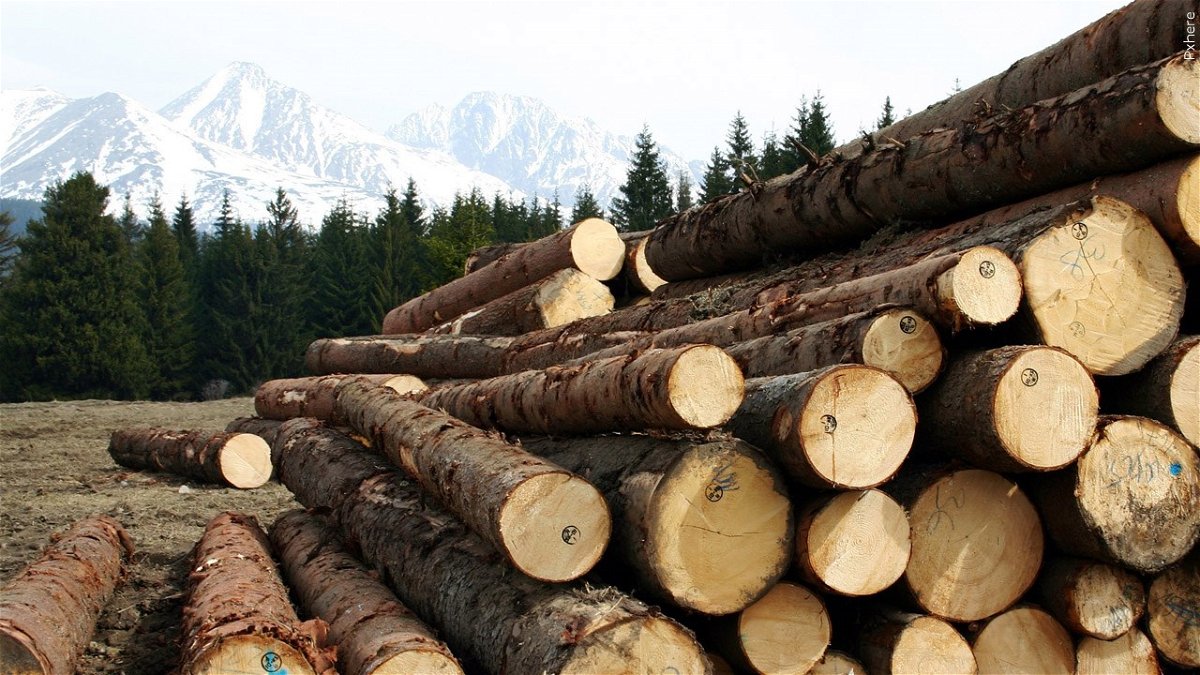Safeguarding Idaho’s timberland: Forest Legacy Program expands to support jobs, forest health and fire mitigation

BOISE, Idaho (KIFI) - Idaho has more than 103,000 acres of timberland enrolled in its Forest Legacy Program, mostly in the state’s northern counties. According to officials from the Idaho Department of Lands, in the past year the state received additional grant funds to enroll another 33,000 acres in the program.
“Citizens who enjoy recreation in the forests, working families and Idaho communities benefit from the Forest Legacy Program because it keeps working forests working,” Idaho State Forester Craig Foss said. “Under this voluntary program private landowners can apply to sell the development rights to their timberland at a fair market value but retain ownership of the land.”
More than 90% of the private land currently enrolled in Idaho’s Forest Legacy Program is open to the public for hunting, fishing, hiking and other recreational uses. It also preserves wildlife habitat, water quality and scenic landscapes.
“Forest Legacy lets private landowners continue to manage their land, pay taxes on it, and retain the revenue it generates,” Foss said. “Most importantly, enrolled acreage remains as productive timberland forever, which means the land will continue to produce the trees and fiber that helps employee thousands and fuel Idaho’s $2.5 billion forest products industry.”
According to the Idaho Forest Products Commission more than 30,500 people work in green collar jobs related to Idaho’s forestry sector.
Over the next few years, Idaho anticipates even more interest in Forest Legacy. The state is gunning for a share of the $700 million now available nationally for funding additional projects, potentially doubling the enrolled acres.
“Based on the strong interest and current applications from timberland owners, we anticipate even more growth in the coming years,” said Foss. “Much of the eligible land lies within areas with high development potential. Reserving these acres as productive forestlands prevents expansion of the Wildland Urban Interface (WUI).”
To be eligible, properties must be privately owned, over five acres, 75% forested, and within a priority landscape area as defined by the Idaho Forest Action Plan. Funding is awarded through a competitive, nationwide process.
“Beyond its significant economic and recreational benefits, Forest Legacy also helps reduce wildfire risks,” said Foss. “All properties participating in the program have Forest Stewardship Plans that outline how the land will be managed and kept healthy. This helps mitigate wildfire risks and reduces urban sprawl into the WUI, which means our precious fire protection resources can be staged near higher risk areas, leaving more communities safer.”
Forest Legacy projects are funded through congressional authorizations and offshore oil drilling royalties. Idaho competes for the money in the form of grants that are passed through the U.S. Forest Service directly to participating landowners. Those landowners also contribute a 25% match, typically via tax-deductible donations. Foss clarified that “no Idaho general fund tax dollars are used to fund the program.”
“Forest Legacy is a win for everyone in Idaho,” Foss concluded.






